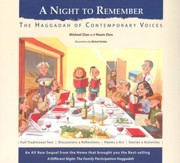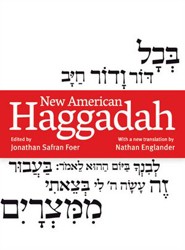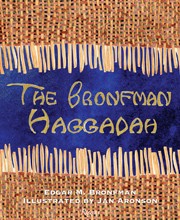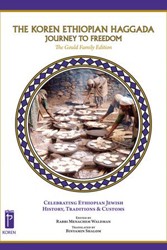By
– June 25, 2012
Two great Haggadah collections — one at Harvard University, the other at the Jewish Theological Seminary of America— form this large-format book, constituted in its entirety of the plates of its 1975 first edition, which itself was a facsimile edition. Printed Haggadahs appeared almost simultaneously with Gutenberg’s invention. This book moves in chronological order, including non-traditional editions dating to 1975. Editor Yerushalmi laments, despite nearly 500 pages, that more early and recent Haggadahs could not be shown.
Each plate, with the first dated 1480, is analyzed on its facing page — the dress, artifacts on the illustrations, and artistic style. Readers will find, among the more famous, the Prague, Mantua, Sarajevo, Augsburg and Venice editions illustrated and described.
As the “most popular and beloved of Jewish books” familiar to children, the Haggadah has been translated into 35 of the languages of exile spoken by Jews and has been printed in over 3,500 editions, all retelling our seminal story of the Exodus.
It is startling to realize that the undersized editions widely distributed in the mid-20th century by American food companies were actually facsimiles of some of these early classics, with their distinguished provenances ignored. By reissuing Haggadah and History, JPS performs a genuine scholarly and community service.
Arlene B. Soifer earned degrees in English, and has had many years of experience as a freelance writer, editor, and public relations professional.





